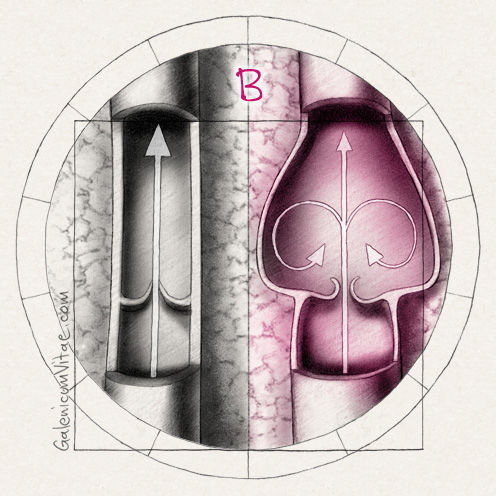Varicose veins are dilated veins characterised by the inability to establish an effective return of blood to the heart (venous insufficiency). The most common are those of the legs.
They are produced by an alteration of the venous valves, devices located within the veins that that are shaped like double bird’s nest that allows for the unidirectional flow of blood toward the heart and, in turn, prevents the return of the blood from there to the periphery (retrograde venous reflux).
Varicose veins form when the venous valves do not close properly and the blood begins to accumulate in the veins, causing them to dilate and weaken, and blood can go backwards. Varicose veins can be found on other sites such as the oesophagus (oesophageal varices), the anal region (haemorrhoids or piles) or testicles (varicocele).

 Digestive
Digestive  Blood
Blood Cardiovascular
Cardiovascular Dermatology
Dermatology Genitourinary,
Genitourinary, Hormones
Hormones Infections
Infections Oncology and
Oncology and Musculo-skeletal
Musculo-skeletal Mental health and
Mental health and Parasites
Parasites Respiratory
Respiratory Senses
Senses Various
Various




